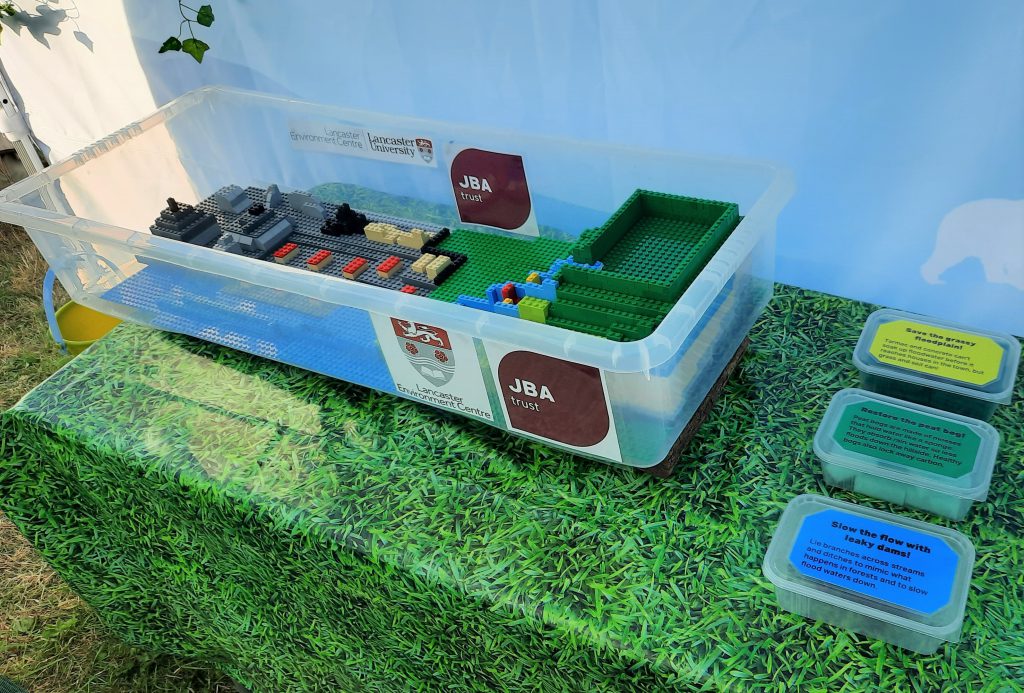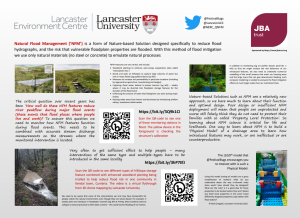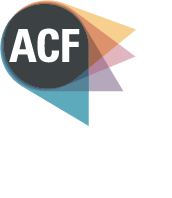Blog: Science Futures at Glastonbury!
Nature, climate change, flood risk…. and some music too! Sian Selkirk shares her highlights from the Science Futures tent at Glastonbury.
 As a part of the JBA Trust’s public science engagement work with Lancaster University, I was lucky enough to be selected to be a part of a team going to Glastonbury Festival this year! I worked as a part of the Festival Bugs team in the Science Futures area of the Green Futures Field. Here I was working with other professionals and academics to get festival-goers talking about nature, climate change, flood risk and other aspects of science.
As a part of the JBA Trust’s public science engagement work with Lancaster University, I was lucky enough to be selected to be a part of a team going to Glastonbury Festival this year! I worked as a part of the Festival Bugs team in the Science Futures area of the Green Futures Field. Here I was working with other professionals and academics to get festival-goers talking about nature, climate change, flood risk and other aspects of science.
After arriving at the festival, the tasks at the beginning of the week revolved around getting set up, building tents and fences to help make sure the Science Futures area was ready for people to arrive. Our focus then turned to learning the details of the activities within the tent so that we could teach people and get them excited about science. In total, there were 10 activities in the tent, some of which were active pieces of research and involved data collection, and some designed to get people thinking and test their scientific knowledge. Activity highlights included ‘Create your own woodland’, ‘CO2 headliners’, and, of course, the infamous ‘poo game’!

For me, the activity created in collaboration with JBA Trust was a personal highlight. JBA Trust and Lancaster University have created a flood model made entirely of Lego that shows how natural flood management (NFM) can be used to benefit the environment and society through emulating natural processes. This model represented a hillside with urban areas built within the valley, some of which were on the floodplain. People could pour a jug of water into the model to see how the urban environment was impacted by a heavy rainfall event. Participants were introduced to ways in which NFM could be used to reduce the impacts of flooding. Then, they were able to get involved with some NFM techniques themselves! Through using this easy-to-understand model, participants could:
- Restore the peat bog (by adding sponges to the uphill section of the model)
- Build leaky dams within the watercourse (by inserting some bundles of twigs)
- Restore the flood plain (by removing urban infrastructure and adding more absorbent material)
People absolutely loved it! Children and adults alike were using the model to understand NFM concepts, ask questions, and see how they could help support NFM measures both in their community and through individual actions. The relatable nature of the model (who doesn’t love Lego?!) allowed festival-goers to engage with concepts they may not have come across before.
 The presence of an informational poster (left) allowed people to connect what they were seeing with the model to pictures and details of actual NFM measures, some of which people had seen but didn’t understand until taking part in the activity. It was a huge success!
The presence of an informational poster (left) allowed people to connect what they were seeing with the model to pictures and details of actual NFM measures, some of which people had seen but didn’t understand until taking part in the activity. It was a huge success!
Outside of the science-engagement aspect, being able to go to Glastonbury was an incredible experience! I was able to see some of my all-time favourite artists and meet people from all across the world. I hope that more partnership events like this can provide opportunities for effective engagement, and that the public can continue to learn more about their world through our involvement in successful projects.

